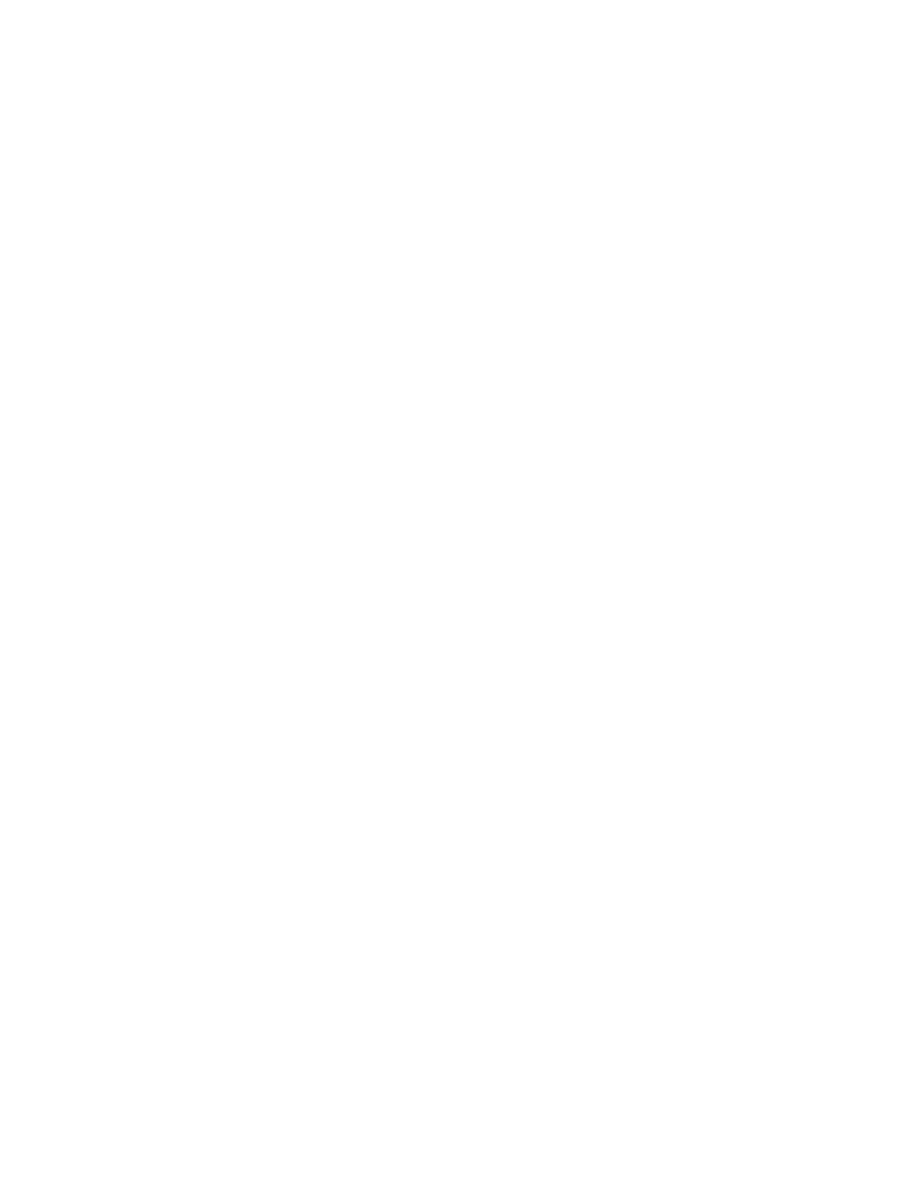Express 1/2 Ton Van V8-305 5.0L VIN M SFI (1998)

11.1.
Use emery cloth in a radial motion with the fuel pipe end in order to prevent damage to the O-ring sealing surface.
11.2.
Using a clean shop towel, wipe off the male tube ends.
11.3.
Inspect all the connectors for dirt and burrs. Clean or replace the components/assemblies as required.
INSTALLATION PROCEDURE
WARNING: To Reduce the Risk of Fire and Personal Injury: Before connecting the fitting, always apply a few drops of clean engine oil to
the male pipe end. This will ensure proper reconnection and prevent a possible fuel leak. (During normal operation, the O-rings located in
the female connector wall swell and may prevent proper reconnection if not lubricated.
1. Install the new O-rings on the engine fuel feed and return pipes.
2. Connect the fuel feed and return pipes to the fuel injection unit. Finger tighten only.
3. Connect the fuel pipe attaching hardware.
Tighten
-
Fuel pipe attaching nuts to 27 Nm (20 lb. ft.) using a back-up wrench.
4. Position new fuel pipe harness in original location and fuel pipe harness attaching hardware.
5. Remove protective caps from one end of both fuel pipes. Leave caps on other end of pipes to prevent dirt from entering.
6. Apply a few drops of clean engine oil to the male connector tube ends.
7. Connect the quick-connect fittings at the fuel feed and pipe near the in-line filter and at the fuel sender assembly. Refer to Quick Connect Fitting(s)
Service (Metal Collar).
8. Install the fuel tank and attaching hardware if the tank was removed.
9. Tighten the fuel filler cap.
10. Connect the negative battery cable.
11. Check for fuel leaks.
11.1.
Turn the ignition switch to the ON position for 2 seconds.
11.2.
Turn the ignition switch to the OFF position for 10 seconds.
11.3.
Again, turn the ignition switch to the ON position.
11.4.
Check for fuel leaks.
Fuel System Cleaning (Purge Feed and Return Pipes)
REMOVAL PROCEDURE
1. Disconnect the fuel feed and return pipes at the fuel injection unit. Refer to Fuel Hose and Pipes.
NOTE: Inspect the in-line fuel filter for contamination. Replace the fuel filter if it is plugged.
2. Disconnect the in-line fuel filter. Refer to In-Line Fuel Filter.
NOTE: Use only oil free compressed air to blow out the fuel pipes.
-
If the in-line fuel filter is plugged, inspect the fuel tank internally and purge if necessary.
3. Clean the fuel lines by applying air pressure in the opposite direction of fuel flow.
INSTALLATION PROCEDURE
1. Install a new strainer (if necessary) on the fuel sender assembly. Refer to Fuel Sender Assembly.
NOTE: Do not fold or twist the strainer when installing the sending unit. This action restricts fuel flow.
2. Install the fuel sender assembly with a new seal into the fuel tank.
3. Install the fuel tank. Refer to Fuel Tank Assembly.
4. Disconnect the fuel feed pipe at the fuel injection unit.
5. Connect a hose to the fuel feed pipe at the fuel injection unit. Insert the other end of the hose into a 3.8 liter (one gallon) fuel can.
6. Connect the negative battery cable.
7. Add twenty-three liters (six gallons) of clean fuel into the fuel tank.
8. Purge the fuel pump and lines.
9. Using a fused jumper, connect the fuel pump test terminal to B+ to operate the fuel pump. Operate the fuel pump until 2 liters (1/2 gallon) flows
into the fuel can.
10. Remove the jumper.
11. Connect the fuel line at the fuel injection unit.
12. Check for fuel leaks
12.1.
Turn the ignition ON for 2 seconds.
12.2.
Turn OFF the ignition for 10 seconds.
